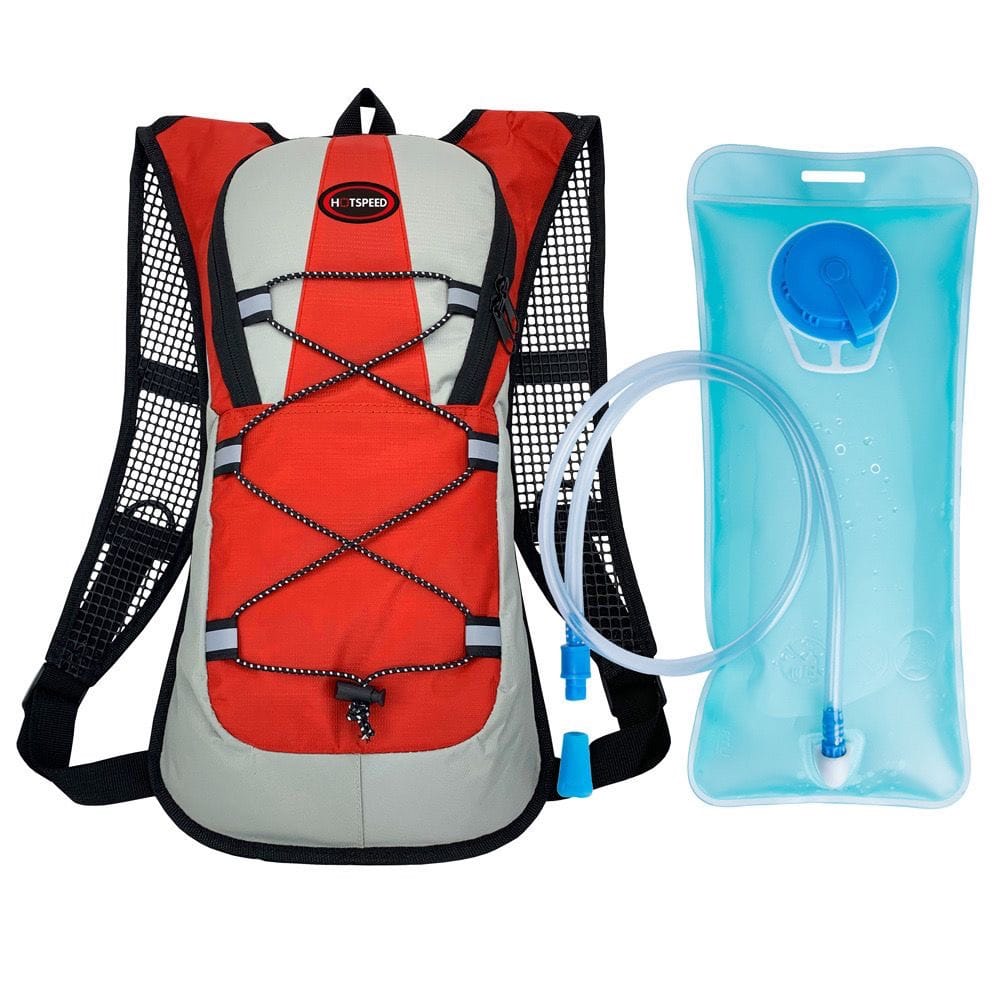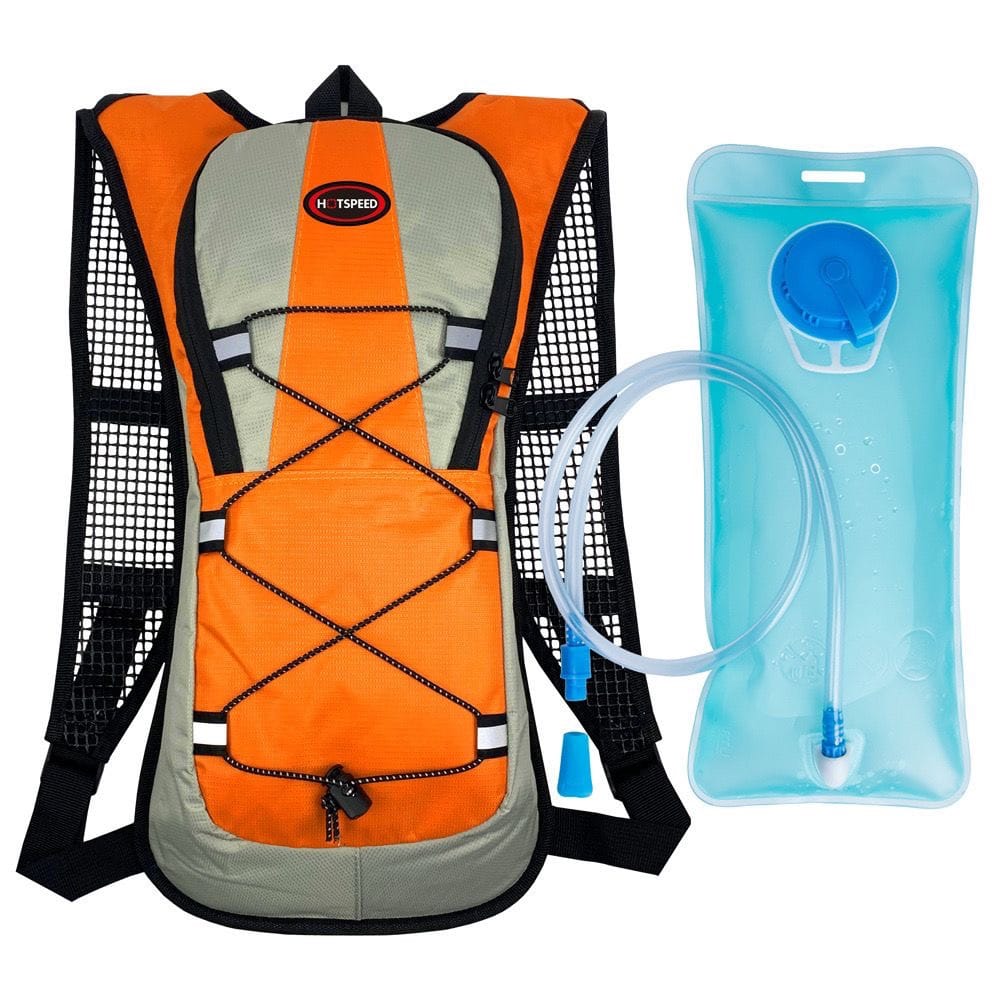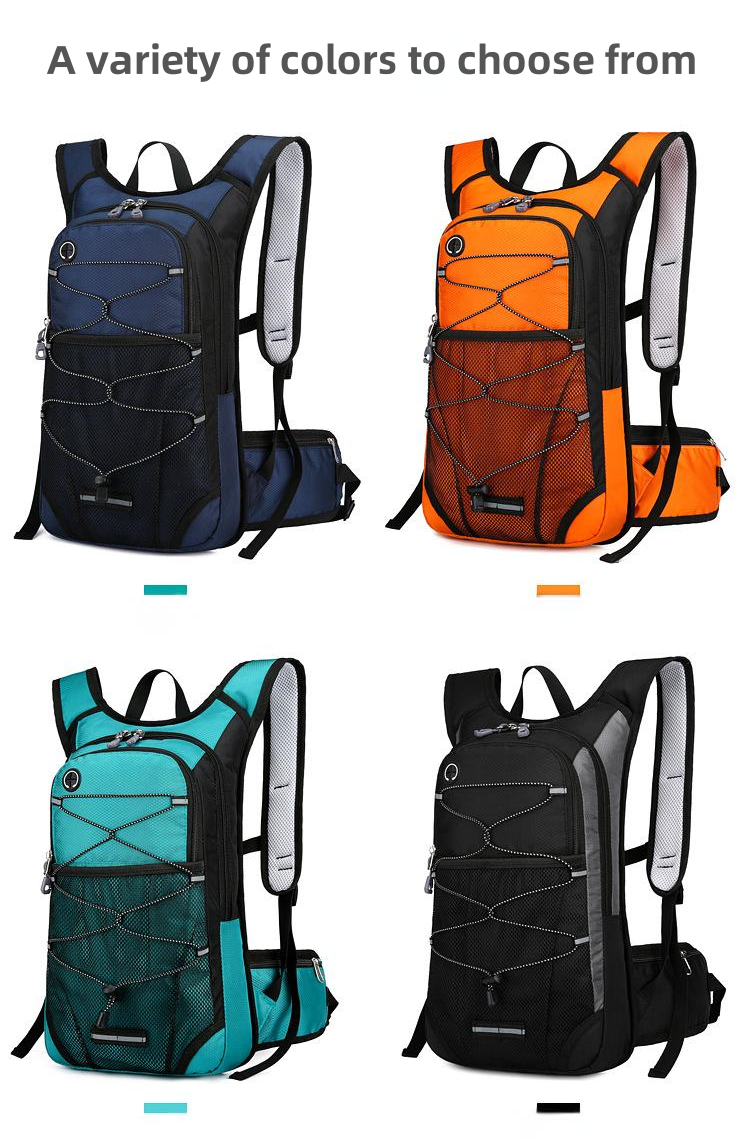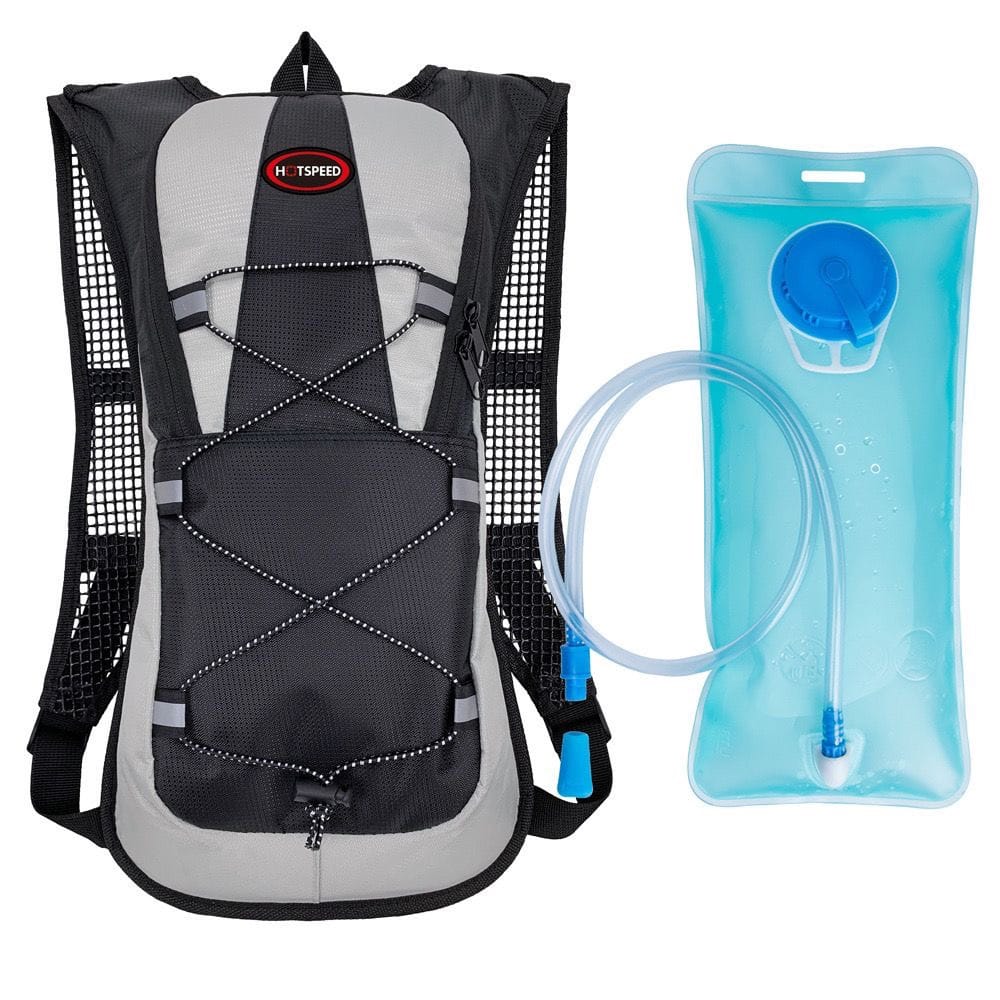As someone who lives for outdoor adventures—hiking, biking, or camping nearly every weekend—I know firsthand how awesome it feels to push my limits in nature. But staying hydrated? That’s been a struggle. I used to haul around a water bottle, only to find it bulky, annoying, and never enough for longer trips. Then I got my hands on a hydration backpack, and let me tell you, it’s been a total game-changer. Today, I’m sharing my honest take on why this gear is a must-have for outdoor sports, breaking down the pros and cons from my own experience. If you’re wondering how to level up your next outing, keep reading—I’ve got the scoop.
What’s a Hydration Backpack?
First off, let’s get clear on what I’m talking about. A hydration backpack is a specialized pack with a built-in water bladder (or reservoir). The bladder’s usually made of tough stuff like TPU or polyethylene, comes with a hose and bite valve, and holds anywhere from 1 to 3 liters. You tuck it into a compartment in the backpack, sip through the tube while you move, and never have to mess with holding anything. Big names like CamelBak, Osprey, and Salomon lead the pack, and I snagged a 2-liter CamelBak version for about $50, designed for outdoor action.
I couldn’t wait to test it out on an 8-kilometer (about 5-mile) mountain hike. The results? A mix of “wow” and “huh, okay.” Here’s my deep dive into what makes it great—and where it’s not perfect.

The Pros of Hydration Backpacks
1. Hands-Free Freedom
For me, the killer feature is how it frees up my hands. On that hike, I’d just bite the valve and sip mid-stride—no stopping to rummage for a bottle or unscrew a cap. I tried it biking too, sipping while pedaling without taking my hands off the bars. It’s a small tweak that feels huge when you’re running, climbing, or just grinding through a trail.
2. Big Capacity, No Worries
My old bottle topped out at 20 ounces—gone in an hour on a hot day, leaving me rationing sips. The 2-liter (68-ounce) hydration backpack? It lasts all day. It fits snugly in the pack, doesn’t hog extra space, and keeps my load balanced. For full-day treks, that kind of water supply is a stress-reliever.
3. Lightweight and Comfy
Empty, the bladder and pack weigh next to nothing—maybe a pound total. Even full, the weight spreads across my back, way better than lugging a bottle in hand or clipping it to my belt. I’ve run with it, and it stays put—no bouncing, no fuss. It’s like it’s not even there.

4. Versatility for Any Adventure
This thing’s a jack-of-all-trades. Camping? I hang it by the tent and sip away. Biking? The hose threads through the straps for easy access. It even works in a regular backpack if I’m mixing things up. From quick day trips to rugged overnights, it’s got me covered.
5. Keeps Me Drinking, Keeps Me Going
Here’s a bonus I didn’t expect: I drink more with the hose right there. It’s so easy—I sip every few minutes without thinking. On that 5-mile hike, I downed nearly 2 liters and felt amazing—no fatigue, no headaches. Compared to a bottle, it’s a hydration nudge that boosts my performance.
The Cons of Hydration Backpacks
1. Cleaning’s a Pain
Hands down, the worst part is cleaning it. After a trip, I’ve got to rinse the bladder, scrub the tube and valve, and dry it out to dodge mold. My first go, I didn’t dry it fully and caught a whiff of funk—yikes. A cleaning brush kit saved the day, but it’s still more work than tossing a bottle in the dishwasher.

2. Leak Potential
Mine hasn’t leaked yet, but I’ve read horror stories—bladders bursting or valves dripping, soaking gear. I triple-check the cap every time, but there’s always that nagging “what if.” A snag or rough drop could spell trouble too, especially out in the wild.
3. Pricey Upfront
At $50, it’s not cheap compared to a $5 reusable bottle. Add in brushes or a spare part, and it climbs higher. For me, a weekend warrior, it’s worth it—but if you’re just hitting the park once a month, it might feel like overkill.
4. Water Temp Struggles
On a scorching summer hike, the water warmed up fast—even with an insulated sleeve. I’ve tried freezing half beforehand, which buys a couple hours of coolness, but it’s no insulated bottle. Hot drinks? Nope, these are water-only zones.

5. Refilling’s a Hassle
Refilling mid-adventure isn’t as smooth as with a bottle. At a stream, I had to pull the bladder out, unscrew it, and carefully pour (filtered, of course). It’s not a dealbreaker, but it’s clumsier than scooping with a bottle, especially at tricky water spots.
Hydration Backpack Pros and Cons Table
To lay it out plainly, here’s a table based on my use and some market digging:
| Feature | Pros | Cons | Best For |
|---|---|---|---|
| Convenience | Hands-free, sip on the go | Refilling’s a bit awkward | Hikers, bikers, runners |
| Capacity | 1–3 liters, all-day supply | None | Long-haul adventurers |
| Weight | Light, even weight spread | None | Weight-savvy folks |
| Versatility | Fits any outdoor scene | Cleaning’s a chore | Jack-of-all-trades types |
| Hydration | Makes you drink more | Water warms up quick | Performance-driven people |
| Durability | Tough build, leak-resistant | Leak risk if mishandled | Careful users |
| Cost | One-time buy, lasts long | Pricier than bottles | Frequent explorers |
This shows hydration backpacks rock for convenience and capacity, but cleaning and cost might give you pause. It’s all about your priorities.
My Takeaways and Tips
After months of hikes, rides, and camping trips, I’d say hydration backpacks are essential for hardcore outdoor sports, with a catch. They’re perfect for long, intense outings—think mountain climbs, trail runs, or multi-day camps—keeping me focused on the fun, not the water juggle. For a short walk or car camping, though? A bottle’s simpler.

Here’s my hard-earned advice:
- Stick to Top Brands: CamelBak, Osprey—reliable stuff that holds up.
- Grab Cleaning Gear: Brushes and a drying rack are musts to avoid grossness.
- Size It Right: 2 liters for a day, 3 for epic trips, 1 for quick jaunts.
- Hack the Temp: Toss in ice cubes for summer coolness.
- Test Run It: Wear it around the house first to get the hang of it.
FAQ: Your Questions, Answered
To wrap up, here’s my take on common questions I’ve seen floating around:
Q1: How do I stop mold in a hydration backpack?
A: Rinse it after every use, scrub the tube, and dry it fully. I stuff a paper towel inside to soak up moisture—works like a charm.
Q2: Does it bounce when running?
A: Nope, mine stays put. Adjust the straps and secure the bladder—no jiggle.
Q3: Why pick this over a bottle?
A: Bigger capacity, easier sipping, hands-free. For long hauls, it’s a clear winner.
Q4: Does the water taste funky?
A: A little plasticky at first, but it fades after a few uses. Stick to water—no juice—to keep it clean.
Q5: Can kids handle it?
A: Yup! My 8-year-old nephew rocked a 1-liter one. Just show them the bite valve trick.
Final Thoughts
So, are hydration backpacks a must for outdoor sports? For me, they’re a no-brainer—making hydration effortless and boosting my adventures big time. Sure, cleaning’s a drag and water temp’s tricky, but for a nature junkie like me, the pros crush the cons. If you’re into tearing up trails or soaking in the wild, give one a whirl—it might just be your new best buddy. Got your own stories or tips? Drop a comment—I’m all ears!